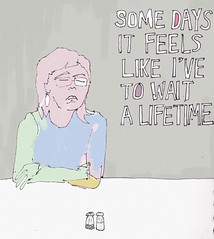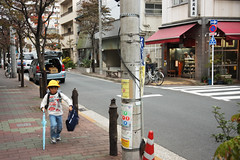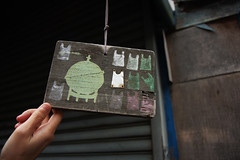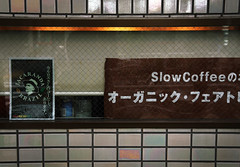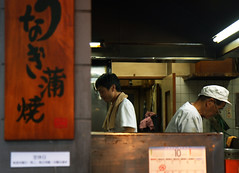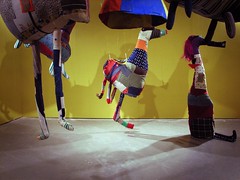
maki squarepatch's child's room - images by J
Tuesday evening J and I trooped to a nighttime preview of the Singapore Design Festival"hub" at the City Hall and former Supreme Court building. I'm really not going to comment on the Festival, except to say that it's worth going to take a look at the exhibitions there because:
(1) they made these -
J and I found installations by...not 1...but (at least) 4 female Singapore designers at a show called "Utterrubbish" (hmm, yes, I'm also not a fan of this title). There's a child's room by maki squarepatch, a living room of recycled fashion by Hansel, a small showcase of poetic works by our favourite argentum in one of the judge's rest chambers, and in Court Room 21 is an installation by a new friend, the inimitable kwodrent. Hey, I know it's not about gender, BUT.
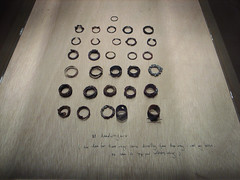
works by argentum
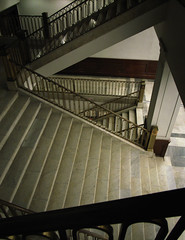
work those legs in the city hall
(2) you get to wander around these buildings
Not many folks used to get to wander freely the corridors and court rooms of the City Hall and former Supreme Court building (or maybe not many folks wanted to). If you had missed taking a look at the insides of the buildings during last year's Singapore Biennale, you should do so. The Singapore Institute of Architect's show "ArchiFest" is held in, for instance, the historic chambers where the Japanese signed the surrender papers in 1945.
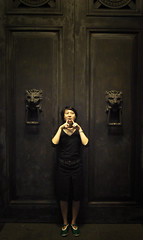
doors of the city hall
That evening the President's Design Awards were also given out at the Esplanade.
Among the 7 folks who won prizes this year, these 2 stood out for me. Mr Mok Wei Wei (of W Architects) and Mr Eng Siak Loy (currently a designer with the National Parks Board, but the unsung designer behind many of our stamps and our dollar notes!), not for being trendy or enterprising, but for being committed to good design as a career. They have a lifetime of work to speak silently for their art, intelligence and commitment.
Walking home that night, I was thinking if a stronger case needs to be made for commitment and dedication. Often, the arts and design are marketed as sudden flashes of inspiration. Of course there are these moments, and (ah, as Ms Zhang Ai Ling had once declared) what is fame if it is cannot be enjoyed when you are young. But I wonder if we often forget the sheer hard work, the patience and the stamina a designer and artist need.
So to all those folks who feel a little discouraged and getting tired after a trying sprint, the consistency of vision is not only a matter of space, but also time. And Ms Zhang, though not wrong, may not be the only one right.
================
P/S There are several other events/exhibitions taking place at other venues, such as an exhibition on Alvar Aalto at the NUS Cultural Centre, swiss architecture at Vivocity, Japanese graphic artists groovisions at the National Museum etc. Take a look at the more complete programme here.

